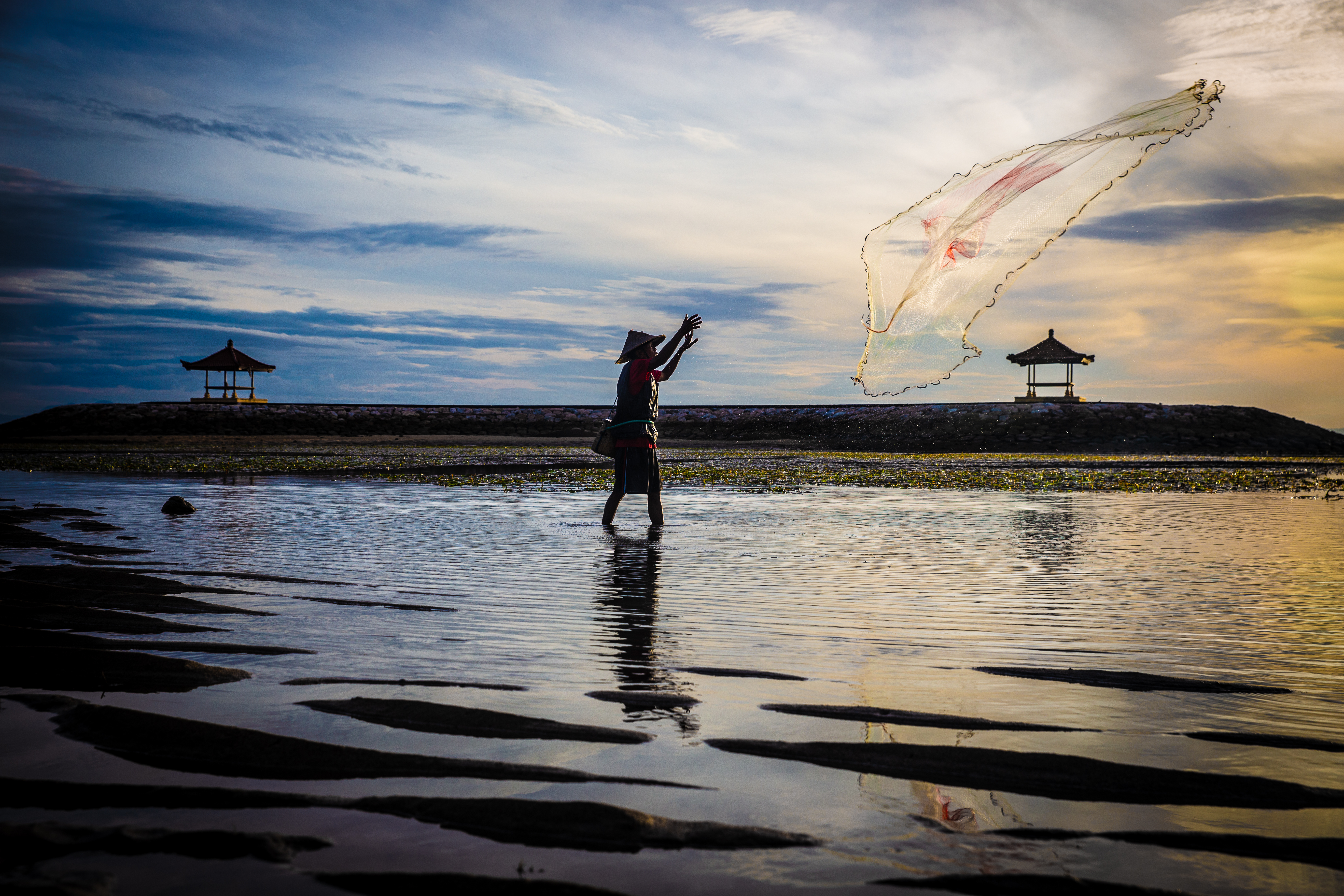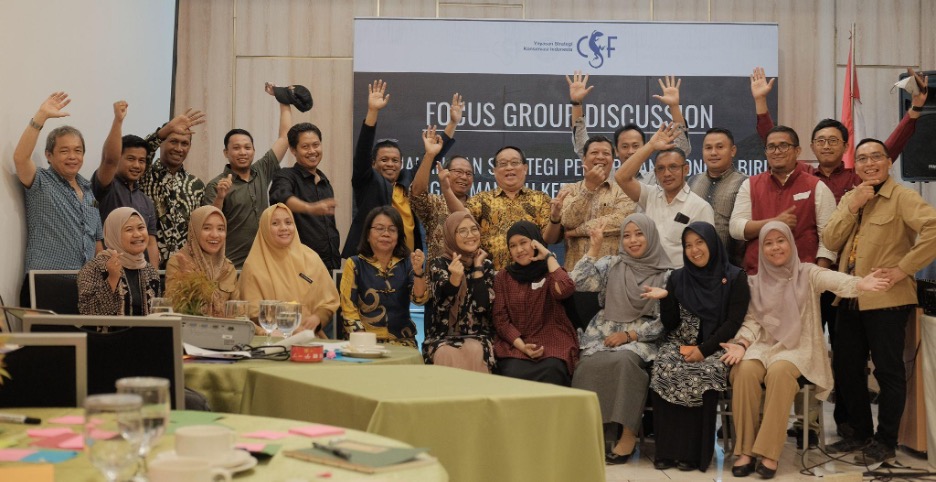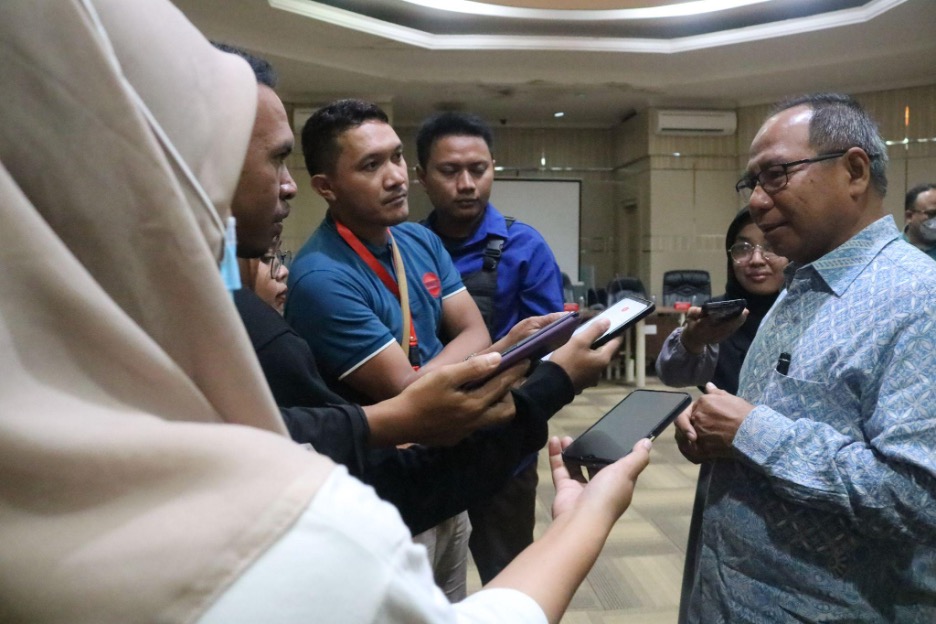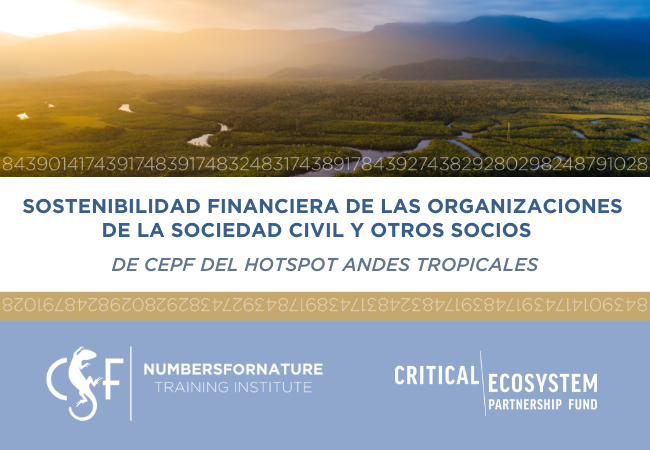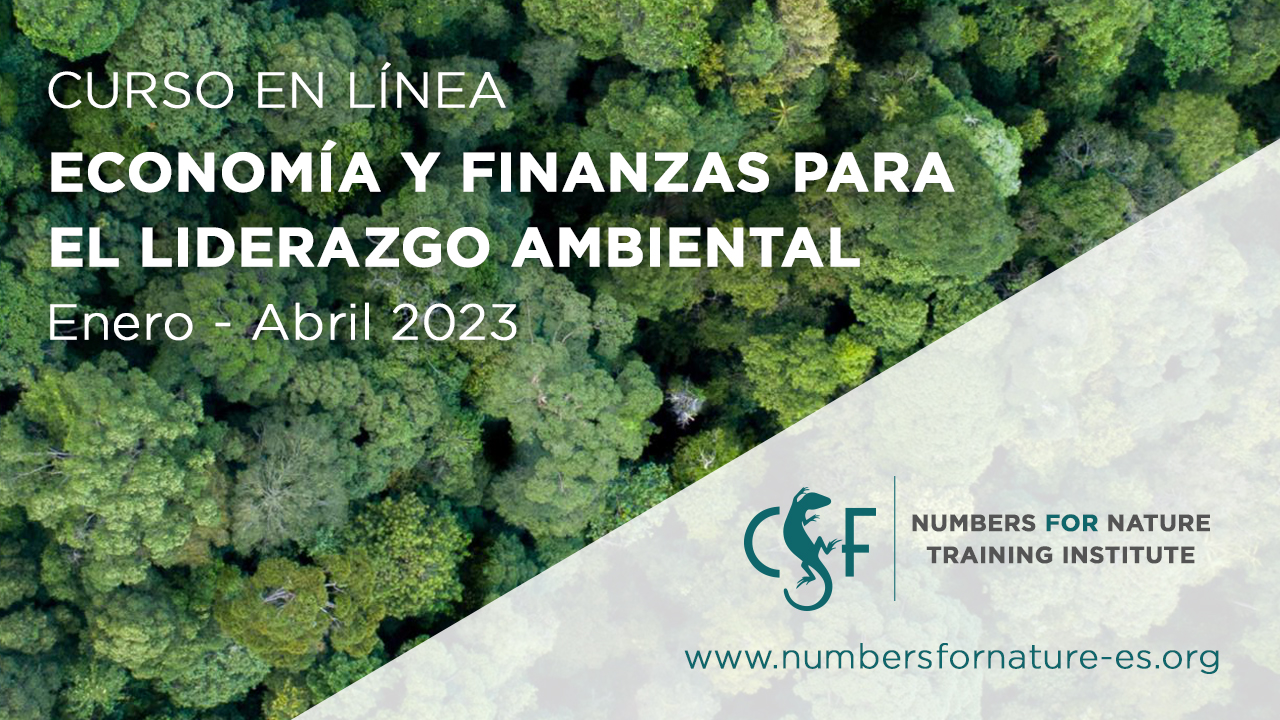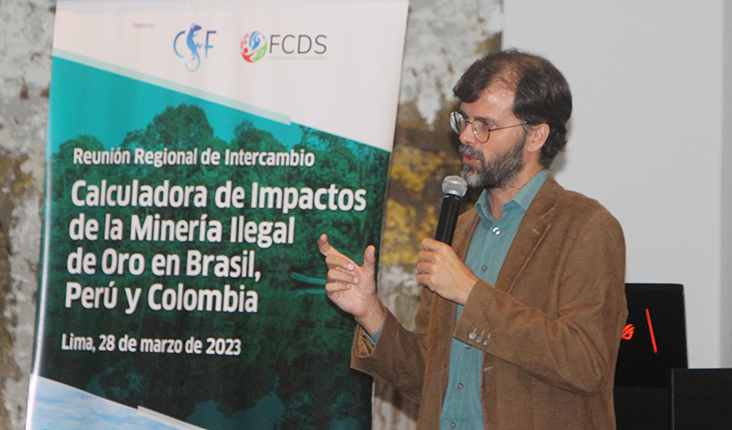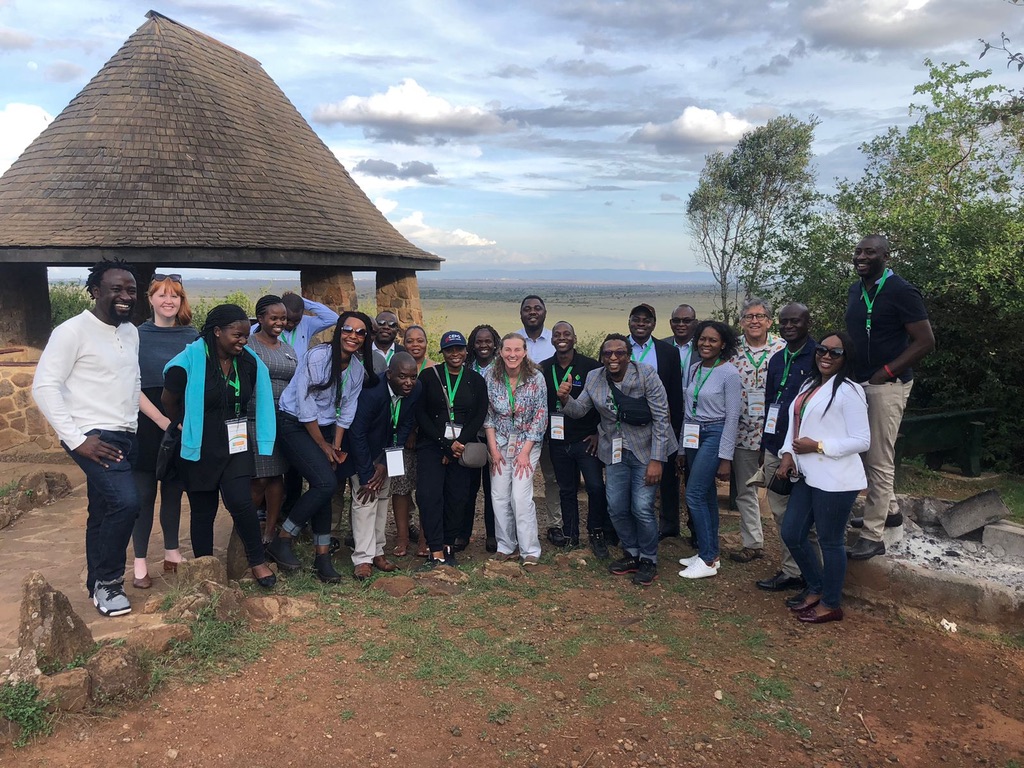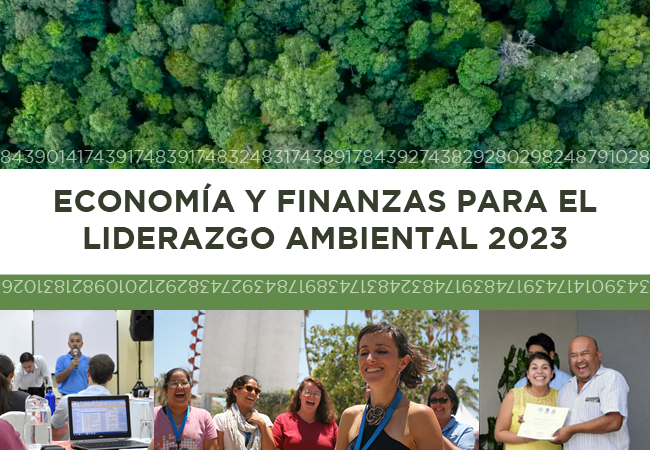News
Since 2018, Conservation Strategy Fund Indonesia (CSF Indonesia) has collaborated with the Sintang Regency to develop Green Sintag, designed to transition West Kalimantan to low-carbon development principles and preserve its local ecosystems by 2030.
The Focus Group Discussion’s Participants. Photo by Hasan Adha Fauzi
Memorandum of Understanding signing ceremony with The Halu Oleo University, Kendari.
El 8 de mayo Conservación Estratégica (CSF, por sus siglas en inglés), con el apoyo financiero de Critical Ecosystem Partnership Fund (CEPF), inició el curso de capacitación “Sostenibilidad Financiera de las organizaciones de la Sociedad Civil y otros socios de CEPF del Hotspot Andes Tropicales” con el principal objetivo de desarrollar capacidades para la sostenibilidad financiera de las Organizaciones de la Sociedad Civil (OSC) socias y aliados de CEPF que impactan las áreas clave de biodiversidad (KBA) priorizadas por CEPF en Bolivia, Colombia y Perú.
El pasado jueves 27 de abril finalizamos la primera versión, 100% en línea y en español, de nuestro reconocido curso Economía y Finanzas para el Liderazgo Ambiental.
El pasado 28 de marzo de 2023 se realizó la "Reunión Regional de Intercambio: Calculadora de Impactos de la Minería Ilegal de Oro en Brasil, Perú y Colombia”, un espacio para compartir las lecciones aprendidas en el uso y adaptación de la herramienta web que genera en tiempo real la estimación del impacto en términos económicos que causa la minería ilegal en los bosques, ríos y en la salud de las personas. El evento congregó a funcionarios públicos de Perú, Colombia y Brasil interesados en identificar sinergias para hacer frente a esta problemática.
Mountain and forest at Amboro park in Bolivia. Credit: Shutterstock
CSF completed a training to increase capacity for natural capital approaches in Africa at the end of 2022, providing tools and knowledge for development planning professionals to integrate natural capital finance into their work.
Background
El 24 de enero iniciamos la primera versión, 100% en línea y en español, de nuestro reconocido curso Economía y Finanzas para el Liderazgo Ambiental.

